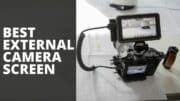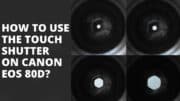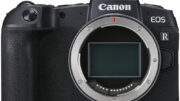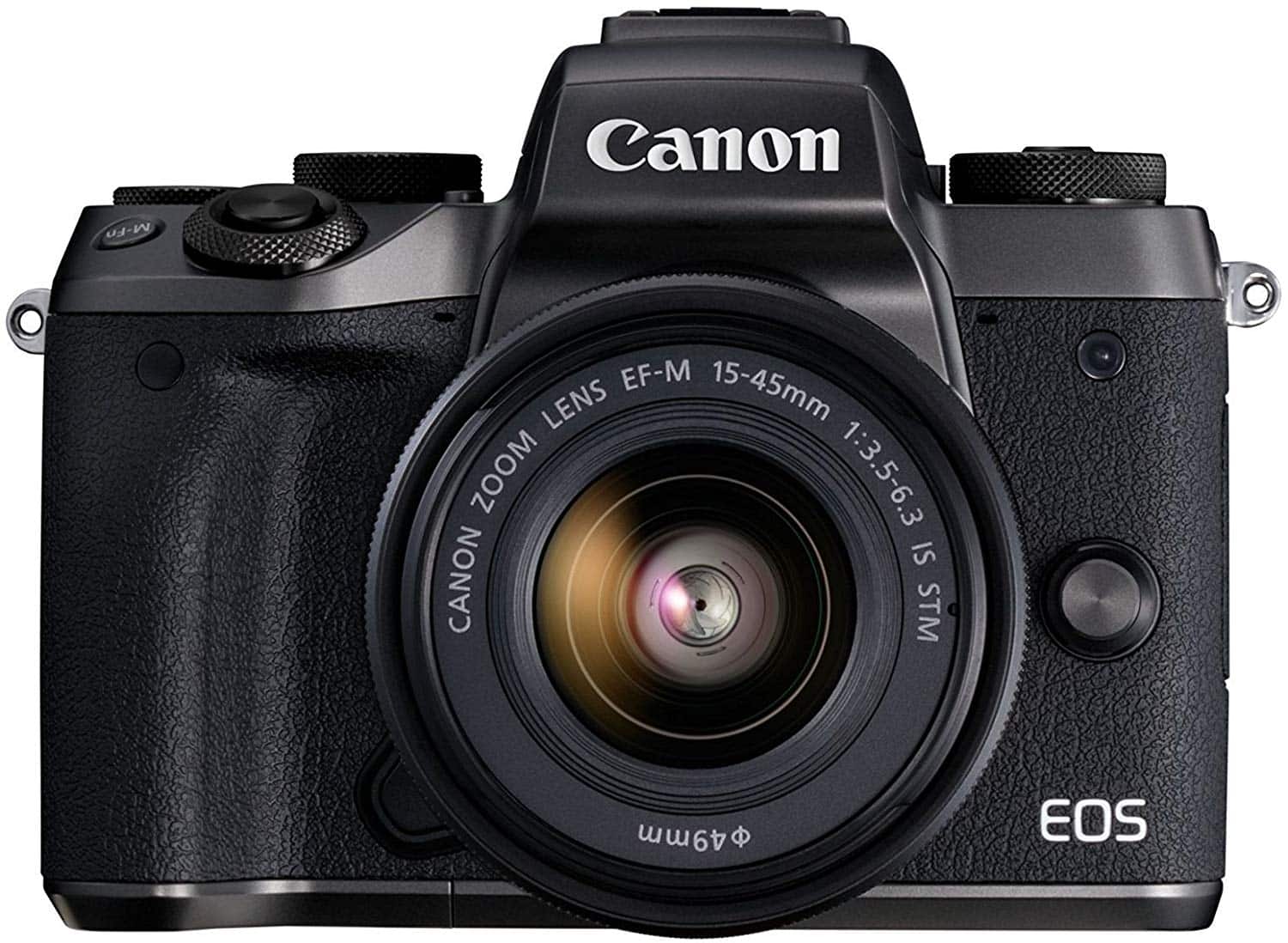When you purchase through links on our site, we may earn an affiliate commission. Here’s how it works.
Canon EOS 80D Review
The perfect successor to 70D with a faster focus!
Canon has developed a decent update to its most popular action-capable camera, EOS 70D, in the form of Canon EOS 80D.
This upgraded DSLR camera with a flip screen features the latest versions of the company’s dual-pixel CMOS sensor, which has a much faster on-sensor autofocus system and specific other add-ons.
Once you hold this beast, you will notice that the camera has significantly improved over the 70D, including much better live-view performance.
Pros
- 45 point autofocus system
- Vari- angle touch screen display
- 7fps capture along with focus tracking control
- Pentaprism viewfinder
- Smooth video autofocus
- 1/8000-sec shutter along with 1/250-sec flash sync
- WiFi with NFC
Cons
- Absence of 4k video support
- Just a single SD card slot
- Automatic white balance isn’t that good
Canon EOS 80D Review
The Canon EOS 80D has better photo quality and overall performance than its predecessor, 70D, so we can undoubtedly say it is worth the upgrade.
Even though it’s a strong performer in the midrange SLR league, the Canon EOS 80D faces much competition from other brands in this price range.
Change the default settings to get the best shot!
Undoubtedly, the Canon EOS 80D DSLR with a flip screen captures excellent shots, but to get the best result, you must either shoot it raw or change its default JPEG settings.
The automatic white balance is not good and is similar to cameras like the Nikon D7200 and other Canon versions.
The Canon EOS 80D flip screen perfectly delivers in the daylight, but the white balance issue will become a significant constraint once again.
Still, it’s the cast that limits the low-light photos to shifting too much into the yellow zone.
Canon EOS 80D Fine Detail and ISO
Canon’s Auto Picture Style might push shots’ saturation and contrast levels.
The best part of Canon EOS 80D is its new Fine Detail option, which works tremendously at edge processing while delivering excellent results that go above par with using raw up to ISO 1600.
If we compare it to other APS-C-sensor cameras, it delivers better sharpness on the thin lines.
Although there isn’t much dynamic range available beyond ISO 1600, processing raw through ISO 6400 will undoubtedly yield tremendous results.
Its Fine Detail mode delivers better shots compared to the 70D but falters in terms of the automatic white balance.
Moreover, the upgraded version has a better and cleaner noise profile across ISO sensitivities.
The Videos are almost at par with the 70D and all the image and color settings, but the Canon EOS 80D also supports 1080/60, unlike its predecessor.

Canon EOS 80D review – ISO
Works faster in the live view mode!

Canon EOS 80D reviews – live view mode

Canon EOS 80D reviews – live view mode.
One of the best things about the Canon EOS 80D is its Live View mode and the faster autofocus, which is now usable.
Although it’s not as fast as the other mirrorless cameras, it still works better than the 70D. Moreover, its swiftness is maintained with different third-party lenses, not just Canon’s STM models.
Conversely, the Servo AI focus, one of Canon’s continuous autofocus, also performs well while delivering adequate numbers of in-focus shots out of every burst and f/8.Even though there isn’t any significant change in the continuous frame rate, the raw burst has increased to 21 shots from 17.
The continuous AF also functions smoothly while shooting the video.
The Canon EOS 80D is quite good at 9-point zone focus, but like the other cameras, it doesn’t excel at selecting the proper focus points when you allow it to choose from a full range of 45 points.
Canon EOS 80D Live View Mode
One of the best things about the Canon EOS 80D is its Live View mode and the faster autofocus, which is now usable.
Although it’s not as fast as the other mirrorless cameras, it works just fine compared to the 70D. Moreover, the swiftness stays intact with different third-party lenses, not just Canon’s STM models.
On the other hand, Canon’s Servo AI focus, one of Canon’s continuous autofocus systems, also performs well and delivers adequate numbers of in-focus shots out of every burst and f/8.
Although the continuous frame rate has remained unchanged, the raw burst has increased to 21 shots from 17.
The continuous AF also functions smoothly while shooting the video. The Canon EOS 80D is quite good in the 9-point zone focus, but just like the other cameras, it doesn’t come good in selecting the proper focus points when you allow it to choose from a full range of 45 points.
Efficiently designed, just like the 70D
The design of Canon EOS 80D is more or less the same as the 70D, with a slight upgrade.
The viewfinder is now upgraded to 100 percent coverage, a headphone jack, and a custom setting slot on the mode dial.
Moreover, its latest shutter mechanism is relatively softer and quieter, which will be noticeable at first glance. It’s efficiently designed with a perfect grip and an optimized touchscreen for shooting videos.
The camera also accommodates some of the latest features like Wi-Fi (with a decent remote-shooting app) and an in-camera HDR. Still, it falls short of offering some overwhelming effects.
On the other hand, the interval shooting timer can be set to 99 shots( if you want more, you have to turn it off manually). Although it can also shoot time-lapse movies, they are limited to HD resolution and only fix the exposure and focus within the first frame.
Best deal on Canon EOS 80D
One of the newest features of the Canon EOS 80D is the HDR movie, which can combine multiple exposures for each frame while revealing more shadow details.
However, the feature is only available when shooting in an automatic mode (Canon’s Basic zone) and at a higher compression rate.
Even though it does have headphones and mic jacks, features like slow motion or clean HDMI out are absent.
Although the camera is limited in certain aspects, it’s undoubtedly the perfect successor to the 70D. This Canon flip-screen camera is one of the best for vlogging.
Although its speed is not comparable to that of the other mirrorless interchangeable lens cameras, it performs well with moving subjects.
Moreover, the Canon EOS 80D’s improved overall performance will perfectly resonate with the action-shooting enthusiasts interested in this DSLR class.
See Also



